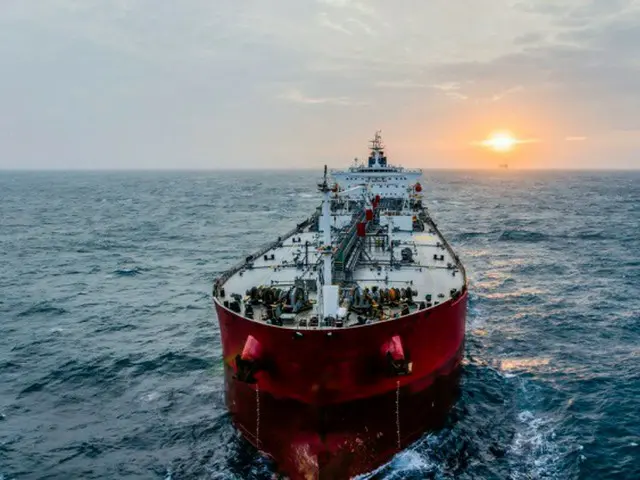That afternoon, the news story was ranked fifth among the most commented-on international news articles on Yahoo! Japan, Japan's largest portal site.
The article, published by Jiji Press, uses the term "Sea of Japan" instead of the "East Sea" off the coast of Pohang.
Seven comments were posted. The comment that resonated with the most was one that mentioned the "seven mining areas." "Is this an attempt to get Japan to act? If we wait a little longer, the treaty will no longer be in effect.
"I saw an article that said that Japan is the only country that can mine this mineral, and that there is a place nearby where even larger deposits are expected to be found."
In addition, many comments touched on the deadlines for the seven mining areas.
In 1970, during the Park Chung-hee administration, the South Korean government announced that it had acquired the world's largest oil reserves.
The two countries declared their sovereignty over the seven mining areas mentioned in the "potential" and planned to develop them, but Japan protested over the issue of sovereignty, and they signed an agreement for joint development for 50 years.
The agreement, signed in 2017, expires on June 22, 2028.
Meanwhile, in 1982, the United Nations established the demarcation criteria for the law of the sea as the natural extension of the continental shelf.
The median line principle replaced the long-distance principle, and the concept of an exclusive economic zone (EEZ) was introduced. In 1986, Japan withdrew from exploration in seven mining areas because they had no commercial viability.
Some have suggested that the perception that "should we really undertake joint development in an unfavorable exclusive economic zone?" may have also played a role.
It is possible to request renegotiations up to three years before the expiration of the agreement, and the Japanese government has decided to renegotiate the agreement based on the median line.
If the two countries assert their sovereignty over the area, there is a possibility that a dispute between the two countries will surface from next year. In fact, in February of this year, in response to a question at the House of Representatives Budget Committee, Foreign Minister Kamikawa stated, "We will not take any action in accordance with the provisions of the United Nations Law of the Sea and international precedents.
"In light of this, we believe that determining the border based on the median line will be a fair solution," Minister of Trade, Industry and Energy Ahn Deok-geun said in a news program on TV Chosun on the same day.
Appearing on S9, he began by talking about the differences with Area 7, saying, "It seems that it was offshore at that time, but what we've now discovered is in the deep sea."
He continued, "The area we discovered is 1.2 kilometers deep, and about another kilometer.
"It's a deep sea that requires digging from 100 meters to 2 kilometers," he said, adding, "We didn't have the technology to develop it before, but now the technology has advanced and we've reached a level where we can develop it quite economically.
In response to a question about whether there were any problems between Japan and South Korea, Minister Ahn said, "We are very fortunate that the mining area discovered this time is completely within the exclusive economic zone.
In particular, there are some areas where Japan and South Korea disagree on the exclusive economic zone off the east coast, and the area claimed by Japan is on the South Korean side of the agreed area.
"It is entirely within South Korea's exclusive economic zone, so we are in a very fortunate position to carry out development there."
2024/06/04 07:19 KST
Copyrights(C) Edaily wowkorea.jp 107

